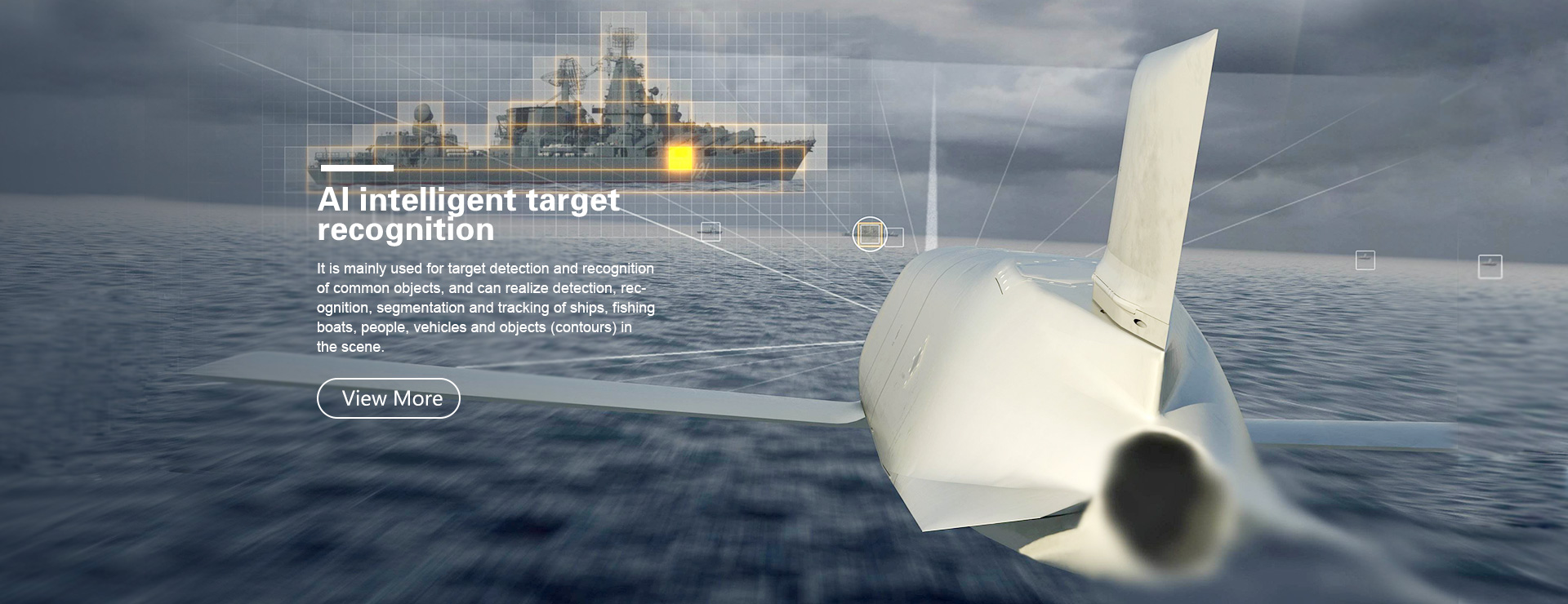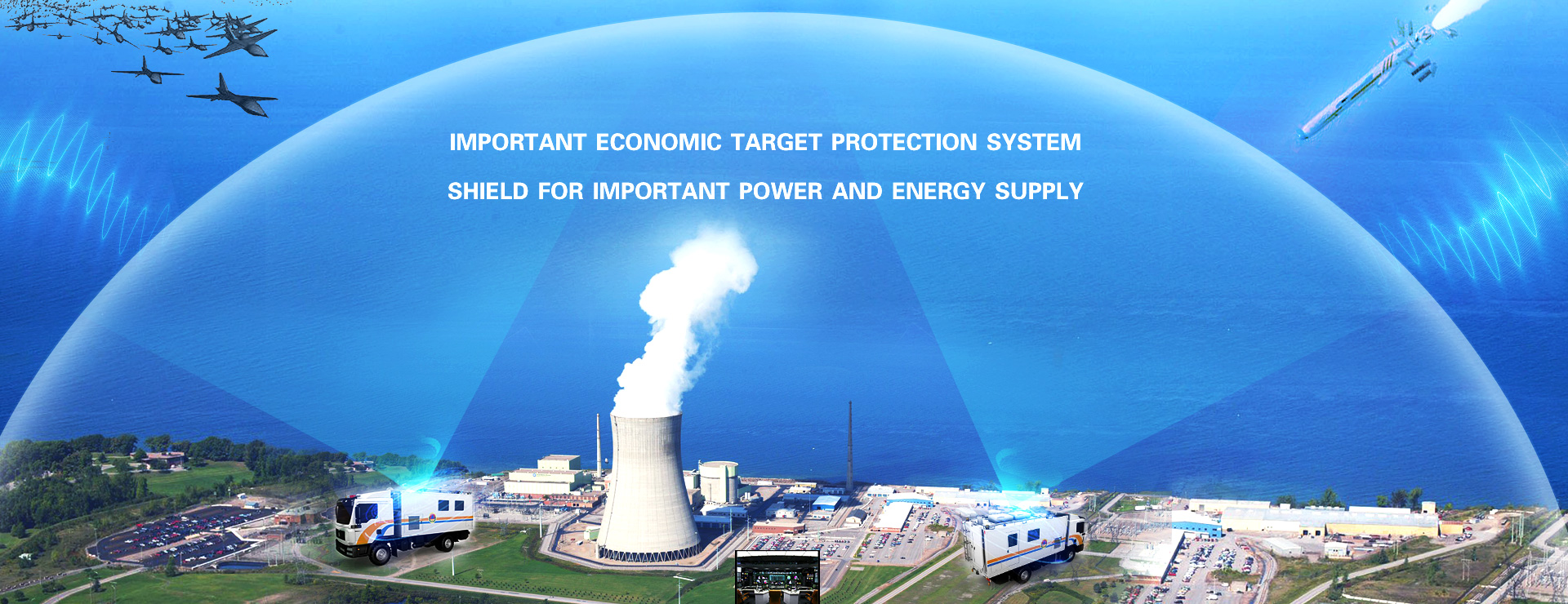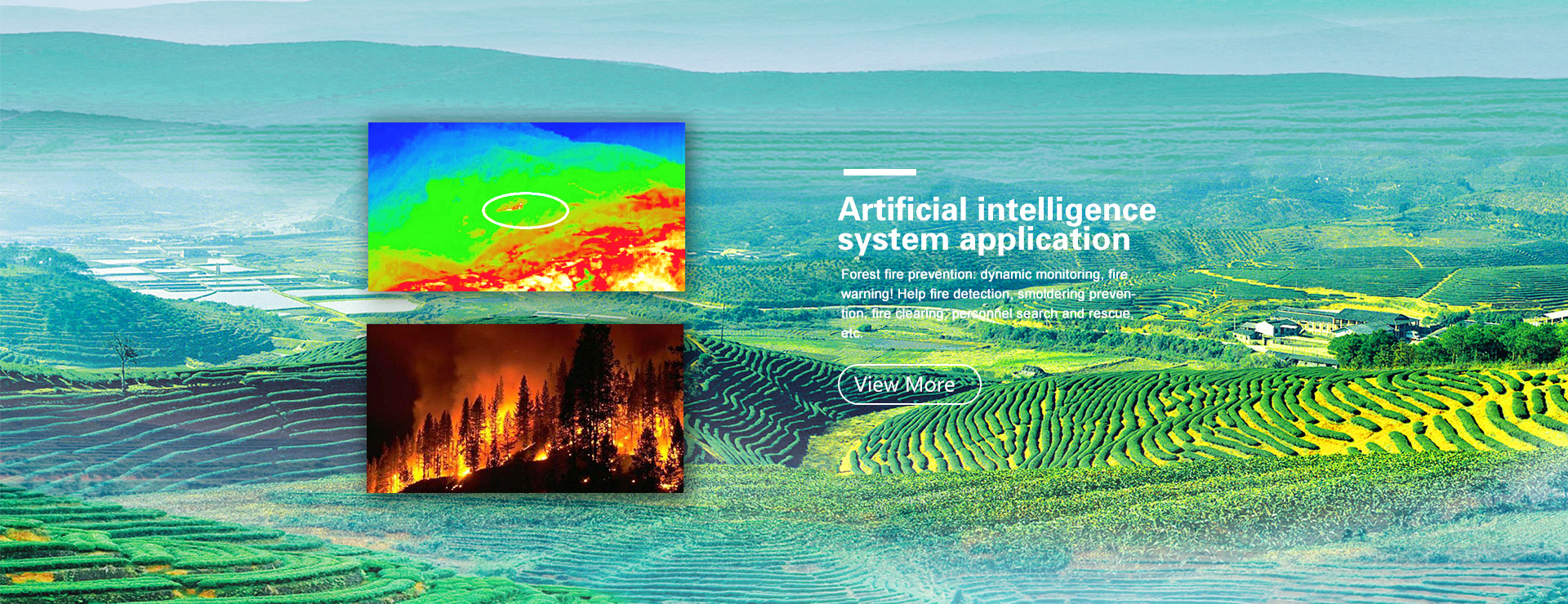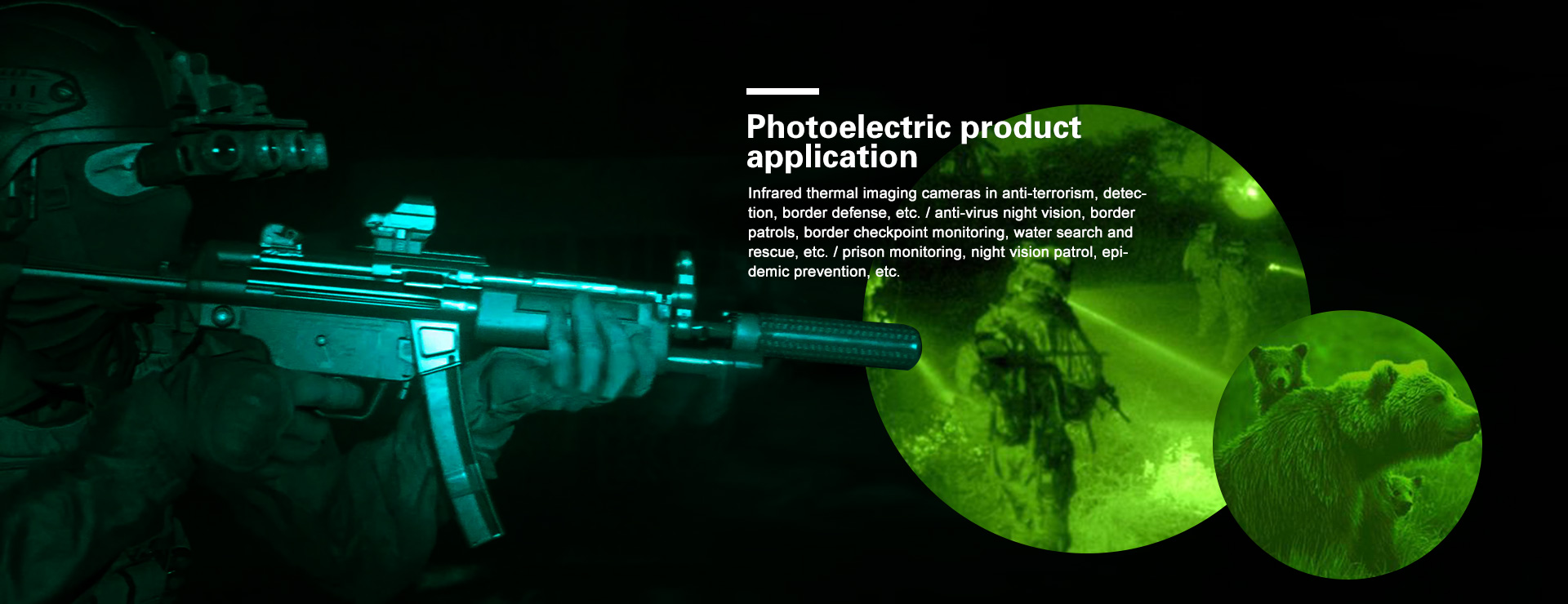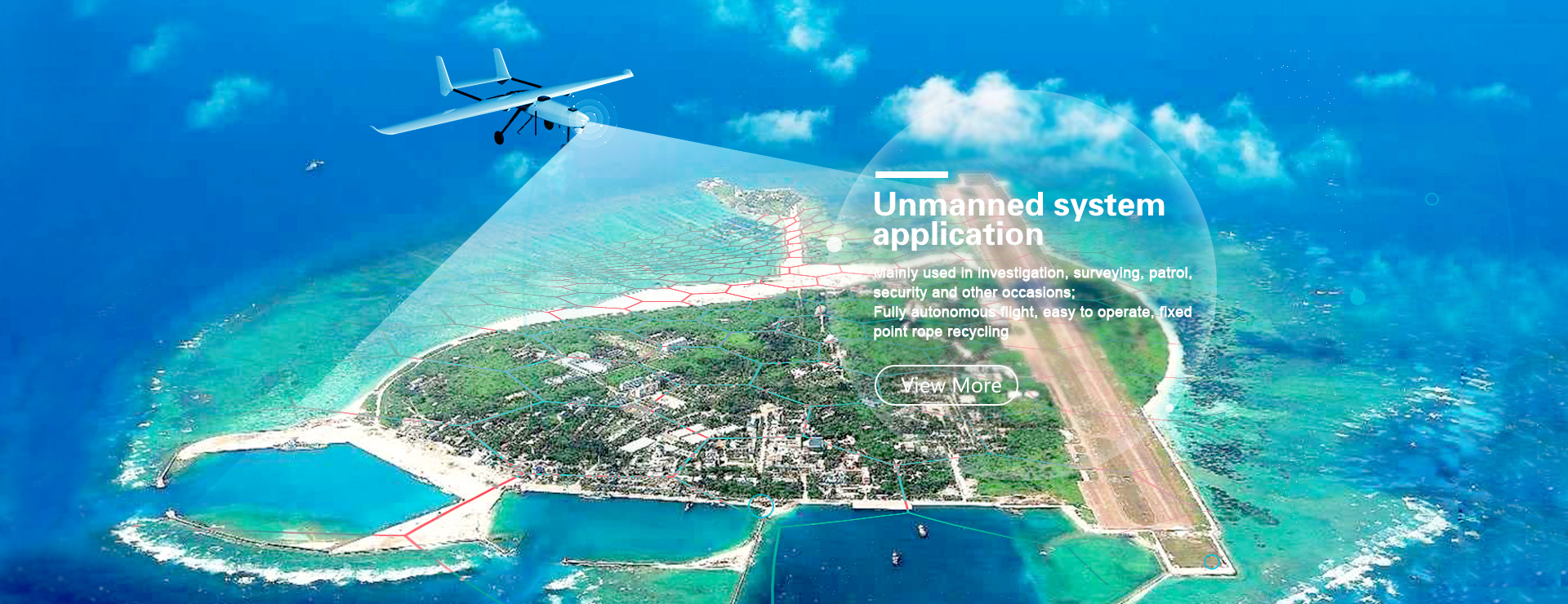Civil Aviation Authority: Unmanned aerial vehicles
Recently, the Civil Aviation Xinjiang Administration issued a 20,000-yuan fine for the use of a “Dabai II” unmanned aerial vehicle (hereinafter referred to as “unmanned aerial vehicle”) for an airspace and mission approval procedure. The unit that carried out aerial photogrammetry was punished. This is the first ticket issued by China for illegal flight of drones. In recent years, with the development of drones, drones continue to produce various hazards: On September 19th, a small Japanese drone hit a Japanese national treasure Himeji Castle, which was selected as a World Cultural Heritage List. From mid-June to July 21, a total of three drones hit the Taipei 101 building. Fortunately, no injuries were reported in any of the three incidents, and the appearance of the building was not significantly damaged. As early as December 2013, an employee of a company in Beijing remotely controlled a UAV modified by aeromodelling at the Capital Airport, and carried out surveying and mapping operations without fulfilling the application procedure for approval, resulting in delays of more than 10 flights and 2 flights. The flight was escaping from the air, and four people involved in the case were criminally detained for allegedly dangerous ways to endanger public safety. All kinds of chaos have caused concern about the use and management of drones.
Rapid development after the transfer of the army
In the 1920s, drones officially appeared in the world. In the beginning, drones only appeared in the military field, and were first used as training target machines. The widespread use of drones in the military field was during the Gulf War. In the modern battlefield, because the drone has the characteristics of no casualties, strong survivability, good maneuverability, and is not easily captured by the radar, the US-led Western countries competed in the war to apply high-tech to drones. In the development and development, the drone has been greatly developed, and it has gradually changed from military to civilian. It is widely used in the fields of detection, aerial photography, aviation prospecting, disaster monitoring, traffic patrol, and public security monitoring. The overshoots in many large-scale variety shows in China are now done by drones.
UAVs have a wide range of applications and low cost, and they have broad application space in both military and civilian markets. At present, drones have entered the stage of rapid development and wide application. The Consumer Electronics Association predicts that global civilian drone sales will reach 400,000 in 2015, with sales reaching $130 million. The data shows that in the next 20 years, the demand for our national drones will reach 46 billion yuan. According to incomplete statistics, there are currently more than 170 units in China producing UAVs. In the future, the size of the entire UAV market will exceed 100 billion yuan.
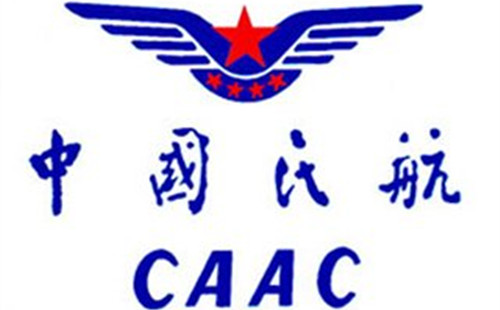
Perfect regulations have a long way to go
According to the regulations of the Civil Aviation Administration, the current management of civil drone drivers is divided into three categories. The first category, a miniature drone with a weight of less than or equal to 7 kilograms, with a flight range of 500 meters in the line of sight and a relative height of less than 120 meters, does not require license management; the second category, which operates within the line of sight UAVs with a weight greater than 7 kg, all drones operating beyond the line of sight in isolated airspace, and drones weighing less than or equal to 116 kg operating in converged airspace are subject to industry management; UAVs larger than 116 kg that operate in converged airspace must be fully incorporated into CAC management.
In fact, in the early days of the development of our national drones, the government departments began to manage drones in various fields such as airworthiness and air traffic control, and strengthened the management of drones through various laws and regulations. The General Aviation Flight Control Regulations issued in January 2003 stipulates that “unmanned aerial vehicles are used for civilian use and belong to general aviation”; the Civil Airport Management Regulations issued in April 2009 explicitly prohibit unmanned aerial vehicles from flying in the airport airspace; The Interim Provisions on Driver Management for Civil Unmanned Aerial Vehicle Systems, issued in November 2013, directed the management of drones and their system drivers; the civil aircraft pilots and ground instructors qualified in September 2014 The Validation Rules (CCAR-61-R4) state that all provisions for civil aircraft pilots apply equally to drone drivers. These laws and regulations are regulated from the aspects of aircraft behavior attribution, air traffic management, and drone driver management. Among them, the most important one is the “Interim Regulations on Driver Management of Civil Unmanned Aerial Vehicle Systems” issued in November 2013, which provides guided management of the drones and their system drivers. The most critical step taken by the pilot management.
However, in the fast-developing drone market, China's relevant laws and regulations on drones are relatively lagging behind. The frequent occurrence of the "black fly" of the drone is because the drone is under the multi-head management of civil aviation, air traffic control, air force and other departments. When the airborne mission or the flight plan is applied for normal application, the application process is complicated and the approved time is more Long, many drone companies prefer to take the risk and choose "black fly."
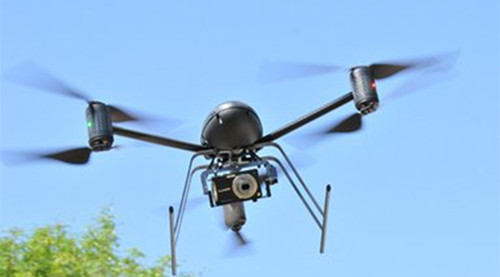
The "machine management office" came into being
In order to solve the problem of “multi-head” management of drones in China, from April 2014, the Civil Aviation Administration will operate the drones with a weight of more than 7 kg in the line of sight and over-the-horizon in the isolated airspace. The driver's qualification management is delegated to the Chinese Aircraft Owners and Pilots Association (hereinafter referred to as "AOPA").
Established on August 17, 2004, AOPA is a national industry association headed by the Civil Aviation Administration of China and a national member of the International Association of Aircraft Owners and Pilots (IAOPA). It is in China (including Taiwan, Hong Kong, and Macau). The only legal representative of ). The AOPA issued the "Regulations for the Certification of Driver Training Organizations for Civil Unmanned Aircraft Systems (Provisional)", which provides detailed explanations of the courses, training and flight training for pilot examinations. For example, AOPA is equivalent to the vehicle management office. The training organization approved by AOPA is equivalent to driving school. All drivers are trained in the approved training institutions, while the theoretical examinations and practical examinations are specifically responsible for AOPA. Licensed by AOPA. As with driving, getting a driver's license is a legal first step. Then, each pilot who obtained the drone driver/captain's license can legally apply for airspace.
At present, AOPA is pushing the u-clould of the drone flight management platform. The drone pilot can apply for airspace directly on the platform, thus solving a series of problems such as the legal application of airspace and legal flight by drone pilots.
Drone pilots must also be strictly guarded
According to the Interim Provisions on Driver Management for Civil Unmanned Aerial Vehicle Systems, drone drivers are also divided into three levels: driver, captain and faculty. To obtain the qualification of a drone pilot, you must receive rigorous training in an AOPA-certified training institution. The pilot flight training is no less than 44 hours, the captain training is no less than 56 hours, and the drone instructor is not. Less than 100 hours of captain experience. As of September 18, 2015, there were 41 training institutions that received temporary certificates. Participants can receive relevant civil aviation drone regulations, drone overview, normal flight procedure command, emergency flight procedure command, drone installation and commissioning practice, drone remote control setup, unmanned aerial vehicle maintenance and maintenance at these training institutions. Training and training of UAV system safety operation management and emergency treatment exercises. After that, the students can obtain the drone driver's ID through the AOPA's written, oral and practical examinations.
It is foreseeable that with the continuous maturity of drone technology, drones will usher in the spring of development. We believe that the use of drones will become more standardized and more versatile.



